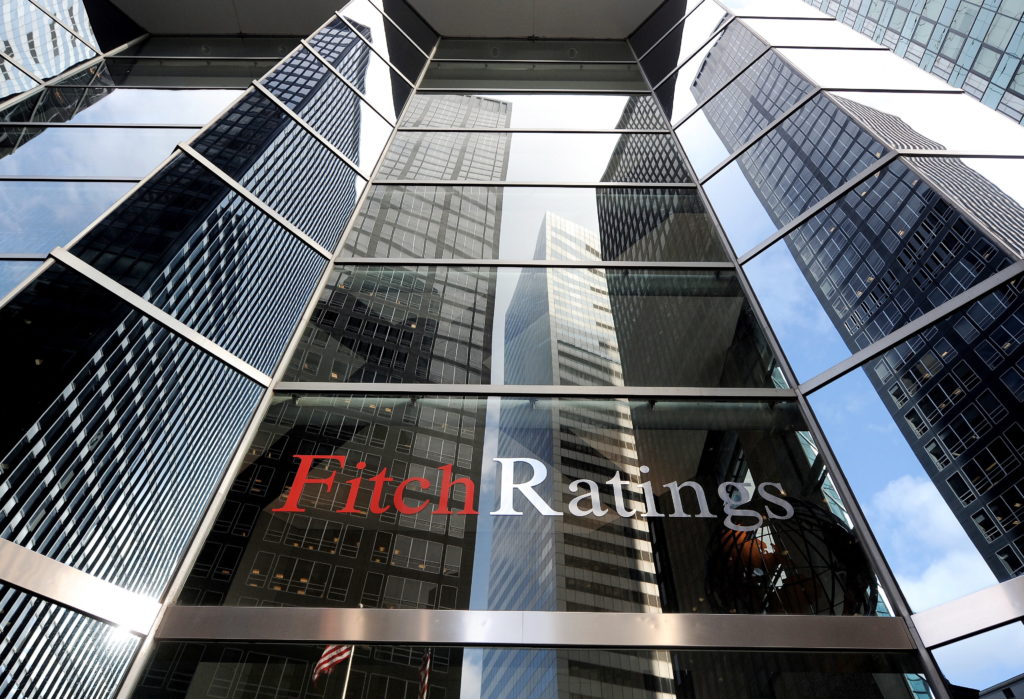TASHKENT
(Read the full text of the report on fitchratings.com)
Fitch Ratings has affirmed Uzbekistan’s commercial Bank Asaka’s long-term Issuer Default Ratings (IDRs) of at ‘BB-’ with Stable Outlooks. The agency has also affirmed the bank’s Viability Rating (VR) at ‘b’.
The rating agency said that the affirmation of Asaka’s IDRs reflected its view of a moderate probability of support from the government of Uzbekistan in case of need, as reflected by the bank’s Support Rating (SR) of ‘3’ and Support Rating Floors (SRF) of ‘BB-’.
“This view is based on majority state ownership, significant systemic importance, important roles in government economic and social policy, the low cost of potential support relative to the sovereign international reserves and a record of capital and liquidity support,” the agency said.
According to the government’s strategy for banking sector reform published in 2020, Asaka is among the banks due to be privatised in the medium term. According to the authorities, prior to privatisation an international financial institution will acquire a minority stake in the bank’s capital and the bank will undertake business model transformation.
Once that is completed, the government expects to sell a controlling stake to a strategic investor by the end of 2023.
After more than two decades of economic isolation during which most foreign investments were viewed as a threat, the Central Asian country is making efforts to improve its investment climate. Since the death in 2016 of Islam Karimov, who had led Uzbekistan since before the Soviet breakup, his successor, President Shavkat Mirziyoyev, has made attracting foreign investors one of his top priorities.
In 2020, Mirziyoyev approved the list of companies to go public in the next three years. The list includes the national air carrier Uzbekistan Airways as well as major companies in energy, mining, banking and insurance.
Asaka’s medium-term strategy targets shifting from directed lending to a commercial business model with a focus on developing SME and retail segments.
Fitch said that the authorities’ ability to provide support was underpinned by the moderate size of the banking sector relative to the economy (total assets were 63 percent of GDP at end-2020) and large international reserves at $35 billion at the end of 2020.
“However, our assessment of supportability also factors in high concentrations in the banking sector with state-owned banks accounting for 85 percent of the sector’s assets at the end of the first half of 2021, high loan dollarisation, a high share of external funding in the banking sector and vulnerability to external shocks in a volatile operating environment, as government finances are sensitive to commodity exports and remittances,” Fitch said.

